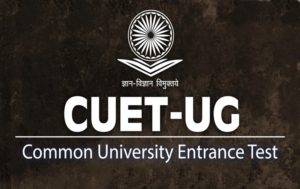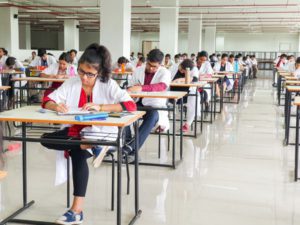In a noteworthy development for the healthcare sector in India, the government has recently announced the approval of 157 new government medical colleges under the Centrally Sponsored Scheme (CSS). The Union Minister of State for Health and Family Welfare, provided this information in a written reply in the Rajya Sabha, highlighting the substantial progress made in expanding medical education infrastructure across the country.
According to the data shared by Dr. Pawar, the approved medical colleges were sanctioned in three phases, and an impressive 108 of them are already operational. This move is a part of the government’s broader initiative to enhance medical education accessibility and subsequently address the growing demand for healthcare professionals.
One of the key achievements emphasized by Dr. Pawar is the significant increase in the number of medical colleges and MBBS seats. The data released by the government indicates an 82% surge in the number of medical colleges, rising from 387 before 2014 to the current count of 706. Additionally, there has been a remarkable 112% increase in MBBS seats, soaring from 51,348 before 2014 to an impressive 1,08,848.
The phased implementation of this ambitious plan involves launching 58 government medical colleges in 20 states/UTs in the first phase, followed by 24 colleges in eight states in the second phase, and concluding with 75 medical colleges in 18 states in the third phase. This strategic approach ensures a systematic and comprehensive expansion of medical education infrastructure, addressing regional disparities and catering to the healthcare needs of diverse populations.
This development aligns with the government’s commitment to strengthening the healthcare system and addressing the shortage of medical professionals in the country. The increase in the number of medical colleges and MBBS seats is expected to have a cascading effect on the overall healthcare ecosystem, ultimately improving healthcare delivery and accessibility for the citizens of India.
Building on this momentum, Union Health and Family Welfare Minister Mansukh Mandaviya, in an address at NEIGRIHMS, Shillong, in October, asserted that the number of medical colleges in the country has doubled in the past nine years. He highlighted the creation of 1,70,000 Health and Wellness Centres across India and the ongoing efforts to establish a Critical Care unit in every district.
Minister Mandaviya stated that the number of MBBS seats has surged from 50,000 in 2014 to an impressive 1,07,000. Complementing this, Dr. Pawar’s recent update indicates a further increase to 1,08,848 MBBS seats, emphasizing the continued commitment of the government to meet the healthcare needs of the growing population.
The expansion of medical education infrastructure not only addresses the shortage of healthcare professionals but also contributes to the overall development of the healthcare sector. By strategically placing new medical colleges across states and union territories, the government aims to bridge the gap in healthcare accessibility, ensuring that quality healthcare services reach even the remotest areas.
In conclusion, the government’s approval and implementation of 157 new medical colleges mark a significant milestone in strengthening the medical education landscape in India. The substantial increase in both the number of medical colleges and MBBS seats underscore the government’s commitment to fostering a robust healthcare system that can effectively cater to the healthcare needs of a burgeoning population. This transformative initiative is poised to have a lasting impact on healthcare delivery, medical research, and the overall well-being of the people of India.




